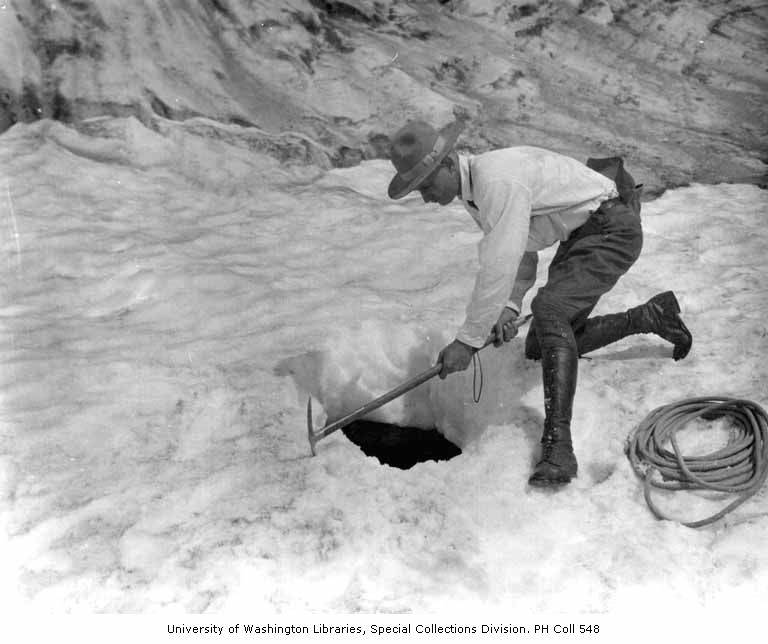This week’s blog post is by guest bloggers Manya Kapikian and Jackie Vessal
It’s Thursday and you are logging into a meeting with people you don’t know. The agenda starts with an icebreaker and the invite asks everyone to bring their favorite mug. What is your reaction? Do you cringe, or do you enthusiastically bring 10 mugs?
The “Mug Show & Tell” exercise is a common icebreaker, in which people get to share a little bit about themselves. Why do we do this? Authors Frische and Green explain the benefits of icebreakers in their article, Make Time for Small Talk in Your Virtual Meetings. This practice is particularly important these days, where our virtual or hybrid work environments no longer present the same opportunities for casual chatting.
Icebreakers are designed to help members of a group warm up, to get to know each other a little and build a sense rapport. An icebreaker can be particularly helpful for a group of people coming together for the first time, but even an established group may find these activities helpful.
Of course, not everyone enjoys these activities. Google “I hate icebreakers” and you’ll find plenty of stories about people who cringe at the thought of participating in an icebreaker. They can be awkward for introverts, can create tension and anxiety, and easily feel forced. Some people see them as frivolous waste of time and too touchy feely. But as Frische and Greene explained, there is a case to be made for doing them anyway.
Icebreakers open a communication channel that helps people relax, get to know one another, and make it less awkward to interact. They are an effective way to network and meet new people. In a meeting, conference, or other event where strangers need to come together, icebreakers help individuals to “break the ice.” They allow for complete strangers to interact, get to know one another, and begin to form a common ground. Once folks start talking, it becomes easier to keep the conversation going. A good icebreaker can set the tone and mood for the rest of the meeting or conference.
It is important to make sure your introductory activity is not too long. Ideally, it should last between 5 and 10 minutes – just long enough for people to feel comfortable and ready to discuss the key topics of the meeting.
The type of icebreaker you chose will depend on if you are in person or in a virtual setting. Whatever the setting, the best icebreakers are interactive and memorable. If your space allows, plan on an icebreaker that gets people moving around the room. If meeting virtually, break up your audience into more intimate groups. The group size should be 2-5 for small meetings and 6-10 for large meetings. To make an icebreaker memorable think fun, get them laughing and having a good time.
Lastly, be creative. Go beyond your first idea and aim to customize the icebreaker experience to your group.
Try one of these at your next meeting.
- Ask everyone to answer one quick question. Offer them 3-5 questions and a time limit of 30 seconds to a minute. (Alternatively, turn these questions into a poll so that the only thing a person must do is click a button.) Some questions that our teams have enjoyed included:
- Would you rather live without music or live without TV?
- Tell us how you are feeling today in the form of a weather report
- If you could rid the world of one thing, what would it be?
- What TV advertisement bothers you the most?
- Assign a quick task and have them go around for a minute and so and talk. Examples of tasks:
- Ask people to bring their favorite mug
- Wear your favorite concert t-shirt
- Wear your favorite hat
Ice breakers are simply a way for people to warm-up to each other and get into a zone for collaboration quicker. Ultimately, they are a small investment to achieving a better meeting outcome, and perhaps with a little bit of fun sprinkled in. So, maybe the next time someone asks you to bring a favorite mug, consider having one in each hand.

